Wish lists - The superhero of omnichannel retail?
By Retail4Growth Bureau | January 30, 2024
This article by London based integrated research strategy and design company Quinine delves into the concept of 'lists' and how this seemingly simple tool, with a long-standing presence, can facilitate the connection between the customer's online and in-store experiences for brands.
Today’s consumer shops fluidly between online and offline retail channels on their browsing and purchasing journey, typically interchanging between a physical store, PC and their mobile device.
The expectation today is that the transition between these channels is seamless. From the consumer’s perspective, there is no such thing as a ‘channel’ - just a brand, where all channels are interconnected parts of a single retail experience.
The challenge for brands, who often develop and manage channels independently of one another, is meeting this consumer expectation of a seamless, single brand experience, whether that be moving from an online to an offline experience or vice versa.
Where are we now?
Early ‘omnichannel’ efforts connected online channels and the physical store through consistency of product offer, price-point, and tone of voice. More recently, the focus has broadened, and we see technology combined with the physical store to deliver increased convenience (such as viewing the latest in-store offers, checking stock levels or ordering via click and collect). As consumer habits, preferences and pain points become more evident, these services have expanded and become more refined. For example, by understanding the customer’s frustration in the process of returning items, retailers are now providing changing rooms in their click-and-collect areas so items can be tried on before they are taken home. We’ve seen brands such as Nike and Adidas recognise that self-service click-and-collect experiences are not always frictionless, and both brands have evolved their pickup in-store service to no longer be locker based, but to be driven by store staff in a bid to bring greater convenience and higher levels of service to their customers.
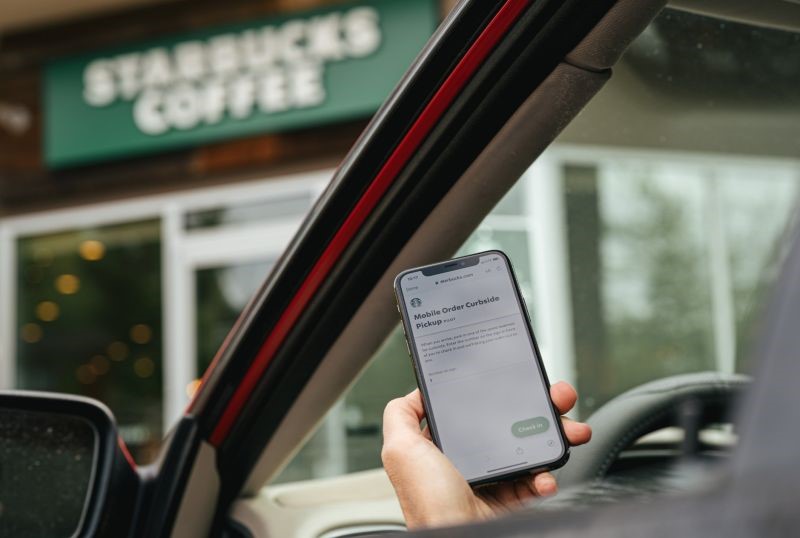
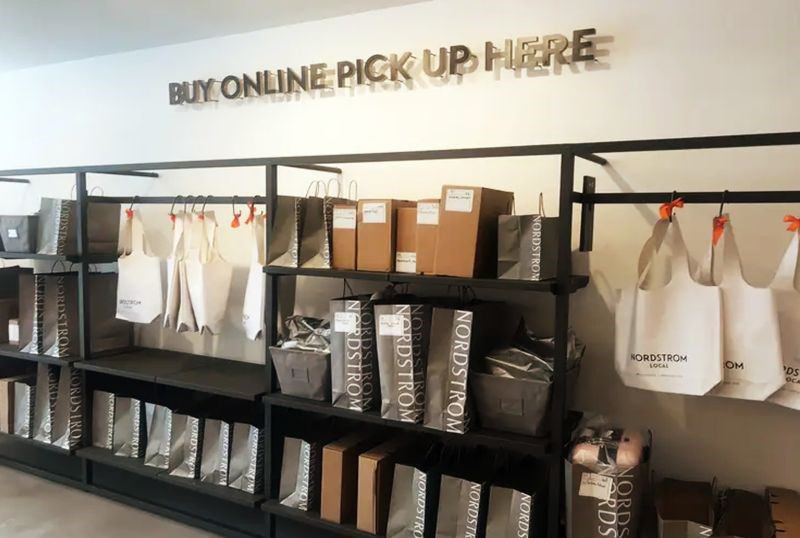
As consumer expectations continue to evolve, brands hoping to deliver a truly seamless ‘omnichannel’ experience must now look beyond transactional moments centered around fulfilment and convenience, and broaden their scope to consider discovery and consultation moments.
Combine online and offline to facilitate better in-store discovery and consultation
Whilst there are several approaches that retailers can adopt to facilitate better discovery and consultation experiences, one area that remains underutilised and worthwhile exploring is how brands can enable customers to gather and collect the things that interest them, without feeling the need to purchase. This is the ability to create ‘lists’. Far from a new concept, the retail wedding gift registry was first introduced by the New York department store, Marshall Field, in 1924. This has continued into the present day with list services often associated with ‘life event’ purchasing, such as new homes, weddings, birthdays and births. However, for most retail brands, there are further opportunities to leverage this concept, enabling them to connect online to in-store and in-store to online.
01. Online to In-store:
How can retailers leverage the physical store to convert online lists into better discovery and consultation moments?
The habit of list-making is well established and goes beyond ‘life event’ purchasing. Amazon enables shoppers to access frequently bought items to populate an online basket; alternatively a shopper can save items for later; these are both types of lists. Away from Amazon, brands enable customers to ‘list’ their preferences, past purchases, likes and favourites. However, very few retailers have explored how lists created through their online platforms can be leveraged inside their physical stores. Doing this can help brands deliver a more personalised and convenient experience, facilitate better discovery and consultation and ultimately generate more sales. Here we explore how a retailer may look to achieve this.
Help customers identify stores that best suit their needs
From their pre-defined online wish lists, purchase history and preferences, brands could communicate to customers which local store best aligns with their needs.
Help customers locate items in-store
After compiling a wish list online, an app could be used to enable customers to navigate physical stores and find the items they need with ease.
Introduce staff to the customer (and their preferences)
Using information from a customer’s online wish lists, browsing habits and previous purchases, an app could alert and inform sales staff when an existing customer makes an unscheduled visit to a store. The retailer can then allocate the most appropriate sales staff to look after that customer and offer a personalised consultation.
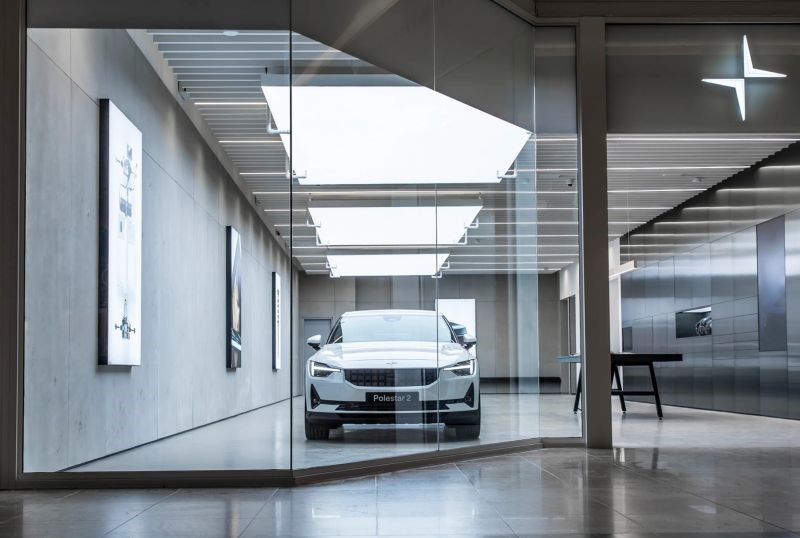
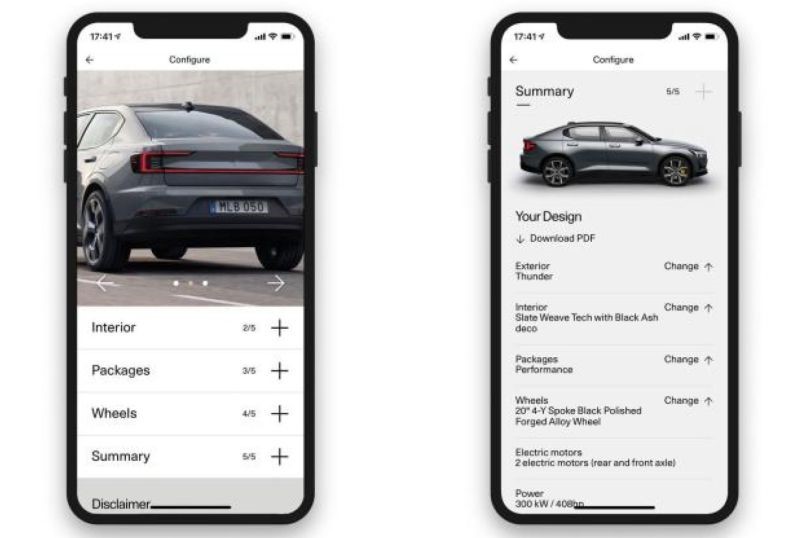
Curate personalised display areas
Use wish lists created online to create customised appointments. Booked online, a dedicated private service area can be curated with pre-selected products ahead of a store visit. This greatly improves the potential for sales and is at the pinnacle of personalised store experiences.
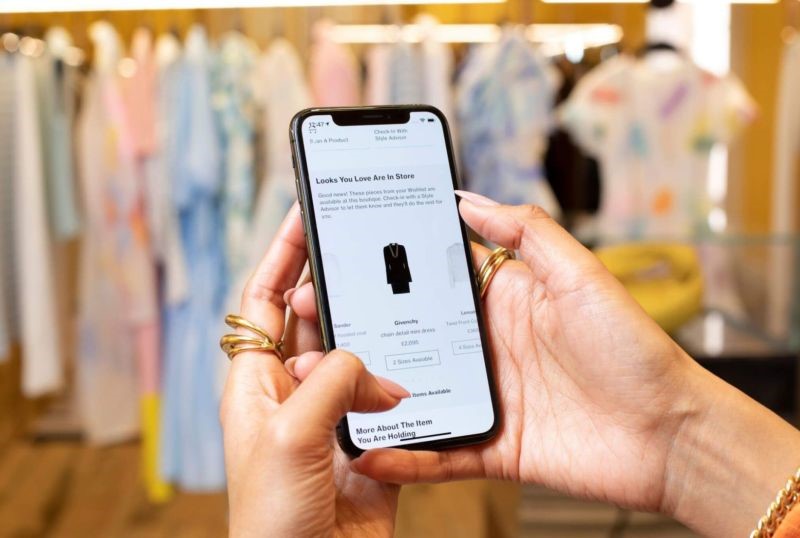
02. In-store to Online: How can retailers encourage customers to translate in-store discovery into online engagement and purchases?
Retailers should also explore how they can drive shoppers from the physical store to their online channels. Evidence shows that when brands have launched a new physical store location, online sales have been known to increase in the area by up to 110%. There are several technical solutions (QR Codes, NFC etc.) that can immediately introduce a shopper to a brand’s online channel whilst they are in-store to provoke such sales. Using their mobile device, shoppers can easily scan the products that interest them, adding them to an online list.
Whilst scanning items in-store in this way is not yet a fully-formed consumer habit, this ‘showrooming’ approach to physical retail is only going to become more common. Approximately half of electronic goods sales are researched in-store before being bought online. Alongside the demand for greater flexibility and control of their journey, the blurring of boundaries between online and offline channels will cause customers to expect traditionally online functions (like ‘list-making’) to also appear in a brand’s physical store. Here are some ways that retailers could start doing this now:
Enable the creation of in-store product wishlists
As customers discover and select products and services throughout their in-store journey, enable them to collect them onto a list using their personal devices. This may be as simple as populating an online basket, so that customers can transact online, away from the store. It may also be about creating a ‘save-for-later’ category or a favourites list.
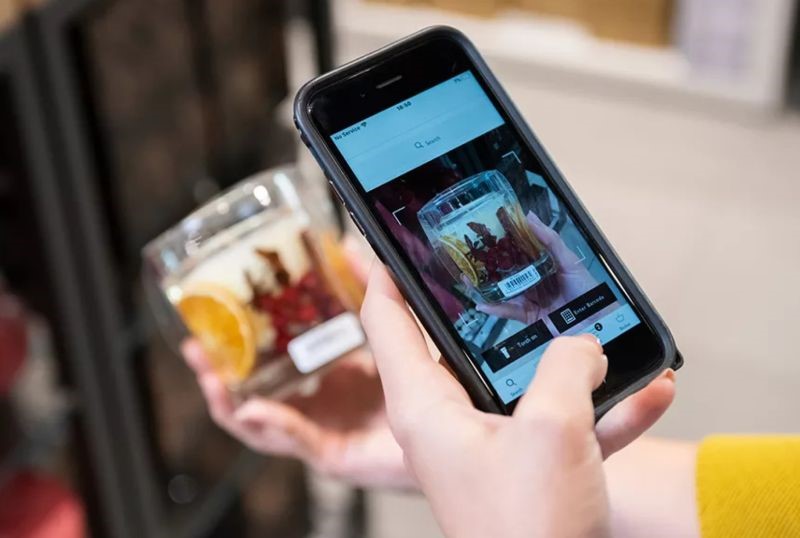
Connect a customer’s physical store transactions to their online history
Combine the customer’s in-store and online purchase history to create a single, digital master list of their product and service preferences.
List-making beyond just products
Use the physical store to introduce initiatives beyond the product and service offer. Enable in-store customers to ‘collect’ the things that interest them most about your brand and its community. These could be collecting things like a brand’s values and the company mission to read about later, such as branded content, community initiatives or rewards campaigns.
Curate online marketing preferences
Use the physical store to bring to life products and services so that customers can refine and personalise the marketing content the brand sends them.
Bringing ‘showroom retail’ to life
If retail brands are to successfully encourage customers to digitally capture products and services that interest them in-store and also motivate them to continue their journey online, they must first inspire and engage customers through great retail design. For customers to be interested, the store must be interesting.
Retailers must create engagement and demand through moments of unexpected discovery and delight. The physical store design has a significant influence on the customers’ willingness to commit, not just to purchase, but even to simply place an item into their online basket or onto their wish list. Engagement and demand will be created through clear and emotive storytelling, supported by a provocative use of scale and proportion, colour, materials and finishes, great merchandising, and crucially, a carefully thought-through customer journey.
This is nothing new. These are the fundamentals of great retail design. Combining these with expert staff and the ability to test, try and touch products and services is physical retail’s real superpower. Retailers must not forget to leverage this power if they are to inspire their audience to continue the relationship and purchasing journey online.

Conclusion
There is a great appetite within retail today to deliver moments that connect deeply with the customer, moments that are meaningful and memorable, moments that are ‘experiential’. Inevitably ‘list-making’ is not the first intervention that comes to mind when looking to innovate. Nonetheless, lists should not be ignored. In order to create an ‘omni-channel’ that consumers adopt, we need to use small stepping stones to encourage new behaviours. Lists can provide retailers with a simple and recognisable bridge between the online and offline channels, before they introduce further, possibly more provocative omnichannel innovations to their audience. Incremental change is fundamental, as we must never forget that innovation is only truly successful when the target audience is ready and willing to adopt it.
Source (text and images): Quinine

_165_265.jpg)
_165_265.jpg)


_140_270.png)
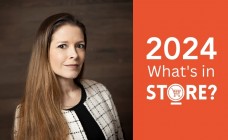


Comments